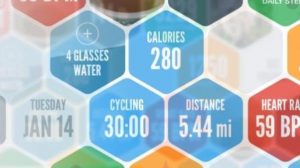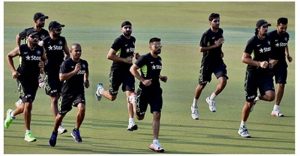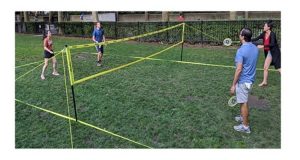High-Impact exercises are considered to be great aerobic activities, however, a new research says that you need to be careful while doing these, as it could lead to bone & joint damage (in the long term).
Of late, High intensity interval training has been a craze, especially with people under 30. Experts however warn of their downsides.
What are High-Impact Exercises
In High-Impact Exercises, both your feet are in the air at the same time. Examples – running, hopping, jumping rope, skipping, jumping jacks, plyometrics, some step aerobics (if you jump on or off the step or run around the room), and some cardio dancing that involves leaping.
Possible Downsides?
A top doctor in the UK says that the number of people under 30 suffering hip, knee and back problems has soared four-fold due to high intensity exercise workouts.

Here’s the article that appeared in mirror.co.uk
Orthopaedic surgeon Gorav Datta said high-intensity workouts had contributed to bone and joint damage not normally seen until people reach their 60s.
He said busy lives had led to a rise in popularity of “explosive” exercise routines and indoor cycling among people of all levels of fitness and ability.
He added: “Over the past few years there has been a real expansion in the fitness market designed to meet the needs of young people with many conflicting priorities to contend with.
“Cult fitness regimes and the use of over-zealous personal trainers, all of which emphasise high-intensity, high-impact work, appeal to those who want to cram exercise into their hectic daily lives.
“The problem, however, is that these short and intense bursts and repetitions can wreak havoc with joints and, longer-term, lead to the need for surgery.”
Mr Datta, of Southampton General Hospital, said he now sees 200 patients a year who are under 30 and suffering from hip and knee injuries, as well as back problems, compared to around 50 three years ago.
Some of the popular training regimes, which can be performed at gyms or at home, can consist of a range of repetitive aerobic exercises, body weight exercises, weightlifting and gymnastics which are performed in 30-minute to hour-long workouts.
Mr Datta said: “I now see patients under 30 who have the types of bone and joint injuries we would previously have expected to see in people in their late 50s and 60s, with around a quarter requiring surgical intervention.
“The message for young people to avoid this predicament is to be careful not to over-train and to avoid some of the exercises and training regimes that can trash the joints.
“That can be achieved by adopting more moderate workouts with adequate rest days and periods in between, while those with established joint problems could look to non-impact options such as swimming and cycling.”









Leave a Reply